Blog

From wool to colour, a guide for educational activities
It is not easy to design educational activities for all contexts and ages, we know! But if you have been following us, you may have noticed that lately we have been focusing on ‘teaching to teach,’ or in some way contributing to increasing the number of educators in the areas of crafts throughout the country.

10 years of shearing together
We've been doing exemplary shearings at the Serralves Foundation with Martin and Susana O'Connell for 10 years now, always with a fantastic audience!
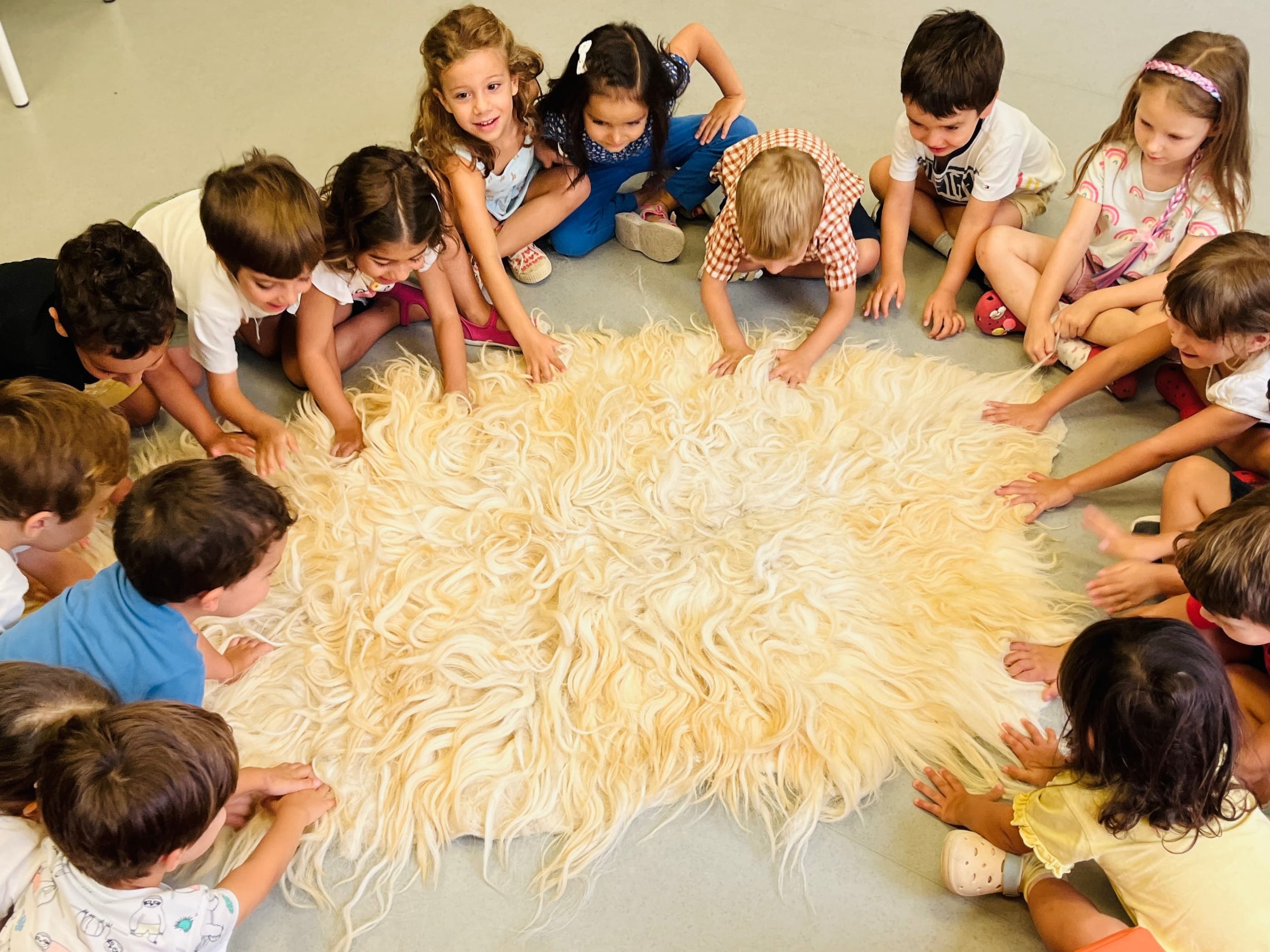
Saber Fazer goes to school
Last week we took Saber Fazer to school, or pre-school in this case! 50 pre-school children, aged between 2 and 5, experienced the whole process, from sheep to fabric: they washed, carded, spun on the spinning wheel and wove on a shaft loom!
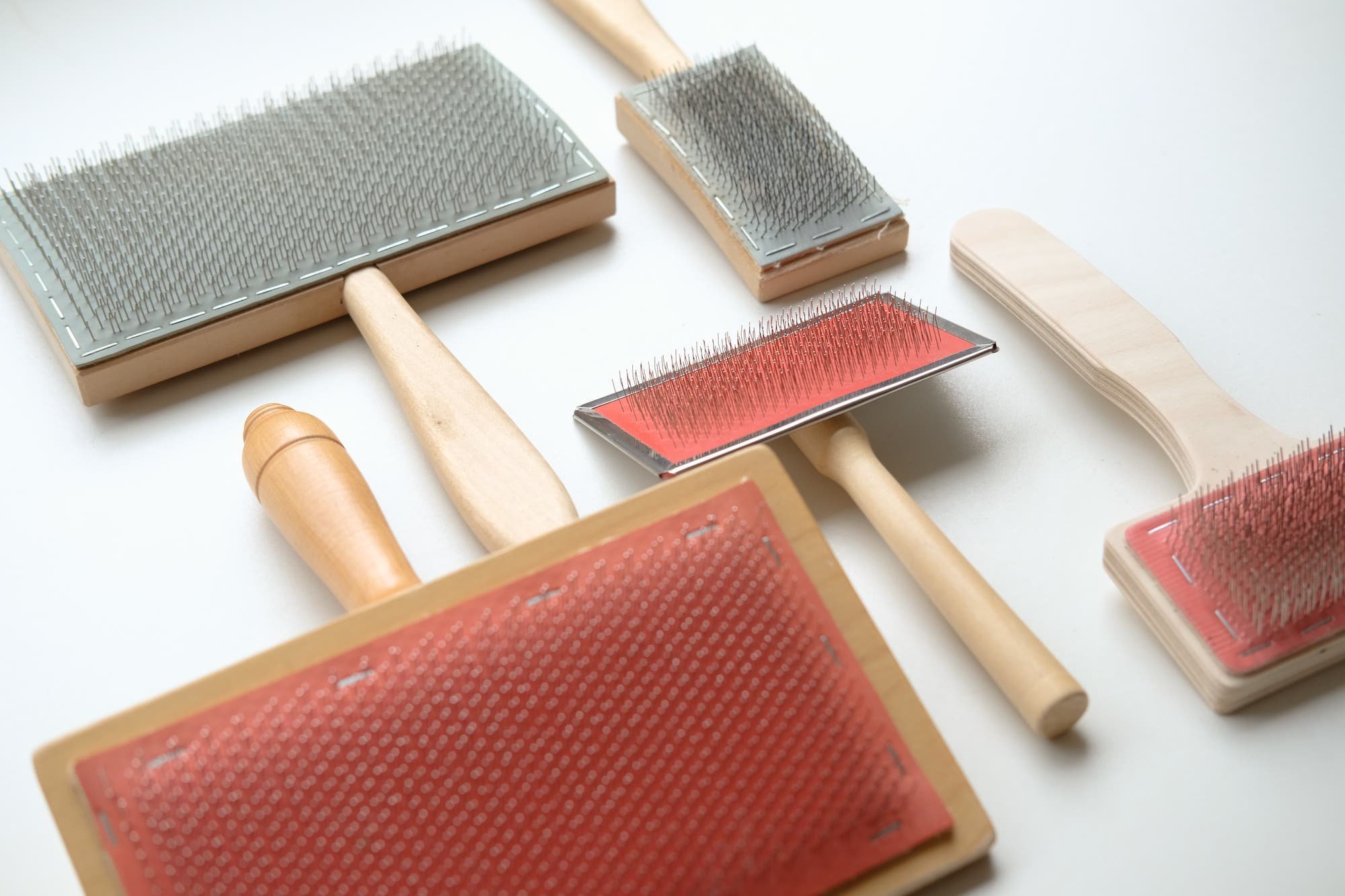
Handcards, drumcarders and more: a short guide
Here's a short guide to help you choose cards, carders and other similar tools. Nowadays there are many options on the market when it comes to equipment for carding or blending fibers, so it's useful to know a few things before selecting the equipment you need.
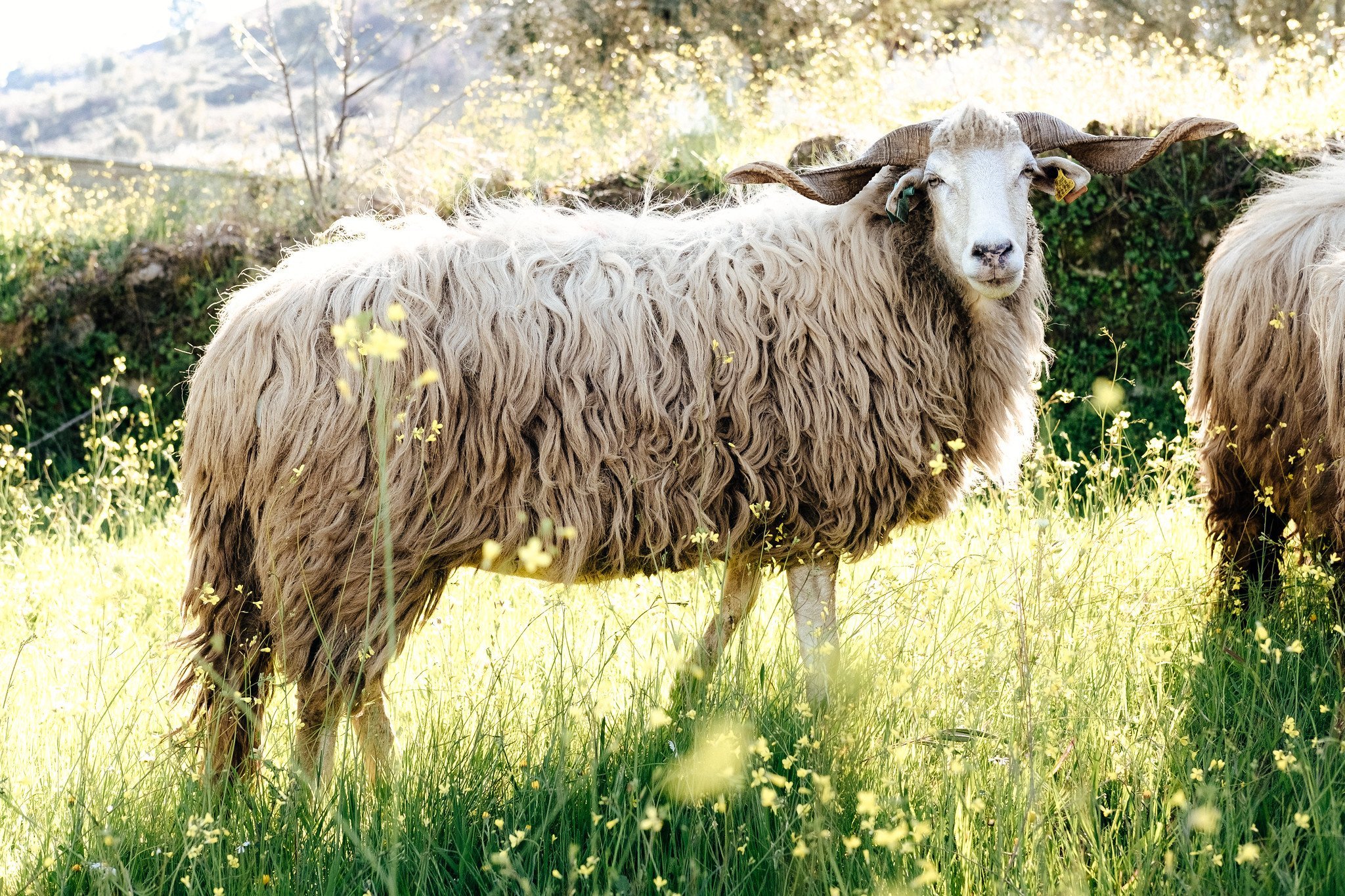
The sexiest sheep
If I had to choose the sexiest sheep in Portugal, I'd say there's a good chance it would be the Churra Mondegueira breed, preferably a “Marialveira”. They don't bathe because they spend every day of the year grazing extensively, but their heavy fleeces with long, sometimes curly strands give them that special charm.
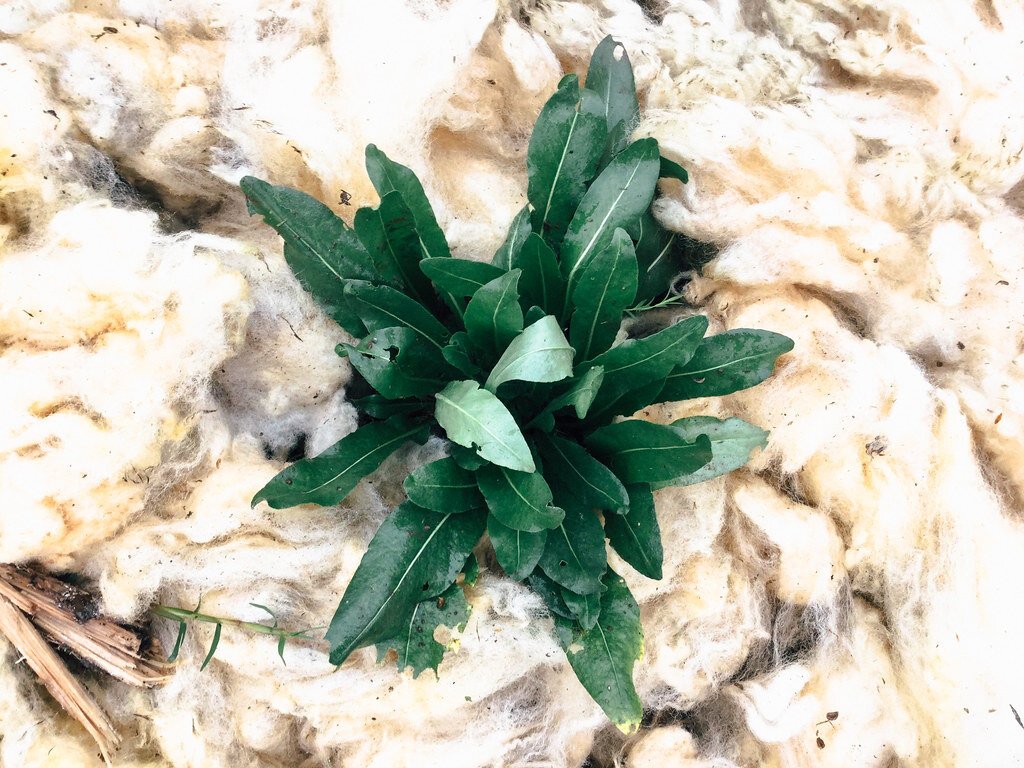
Using wool as mulch
I've been asked several times why I have wool around my plants after showing some of the photos of our dye plants. I often use wool in soil and pots, yes. One of the most useful uses for wool that, for various reasons, isn't good enough to process is to use it for mulching.

Combing wool in Trás-os-Montes
(...) it's the universality of the combing technique that Ti Paula uses. It's the same one I use (and I didn't learn to comb in Portugal), and it's also the same one that anyone who combs wool in the world uses, in most cases. In Miranda do Douro or on the other side of the world, wool is combed in essentially the same way and something as simple as this makes us understand that despite cultural differences, human beings face the same challenges and end up with the same solutions.
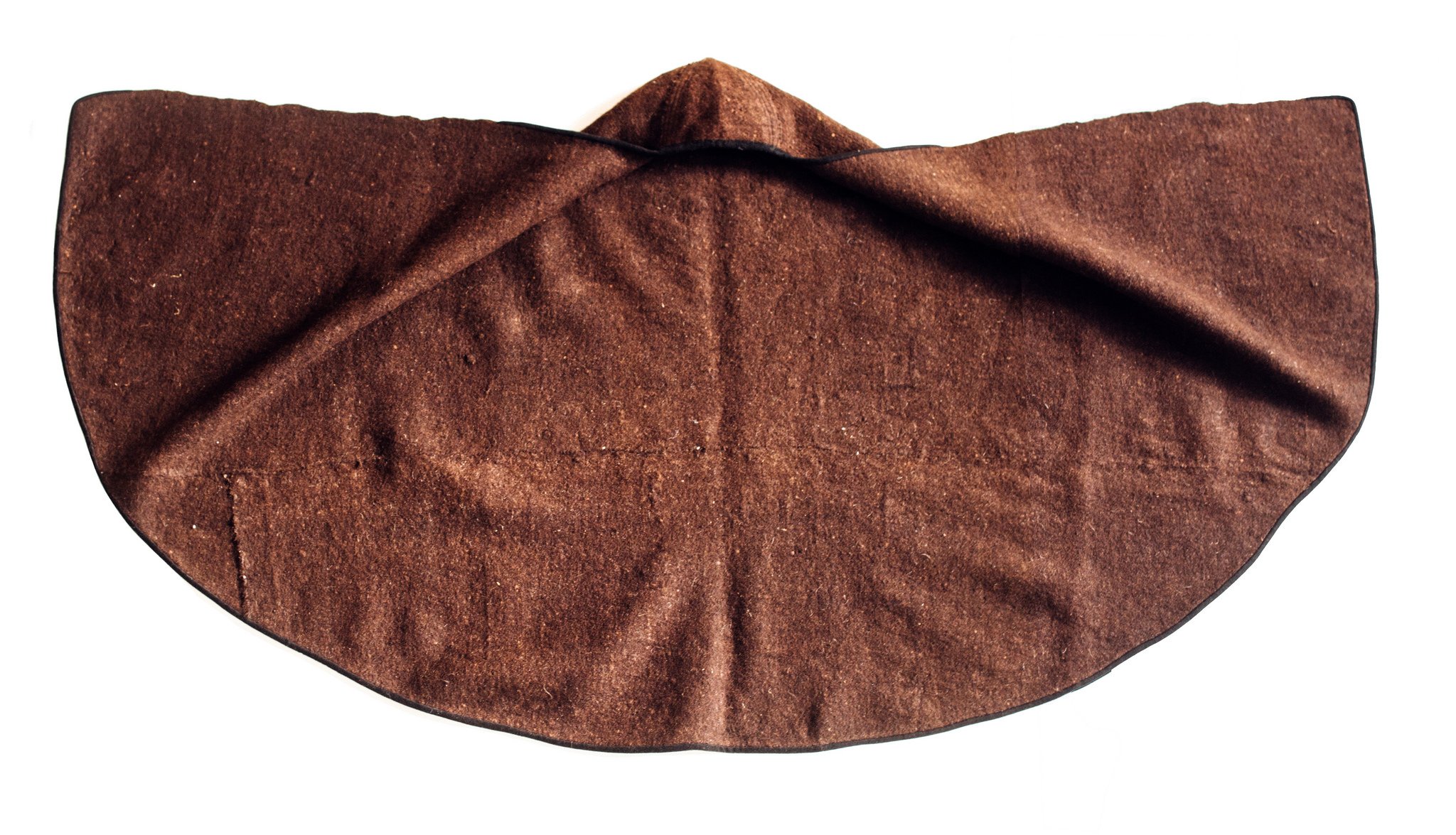
Anatomy of a Burel cape
The subject of the burel cover came up in the weaving workshop, while Fernando was leafing through his sample cover, which contains some examples of traditional typologies, Portuguese and otherwise.

Learning about Portuguese wool - May 13, 2017
Here are some images of the set-up for the very first workshop on Portuguese wool, which also happened to be the very first workshop given in Saber Fazer's new home.
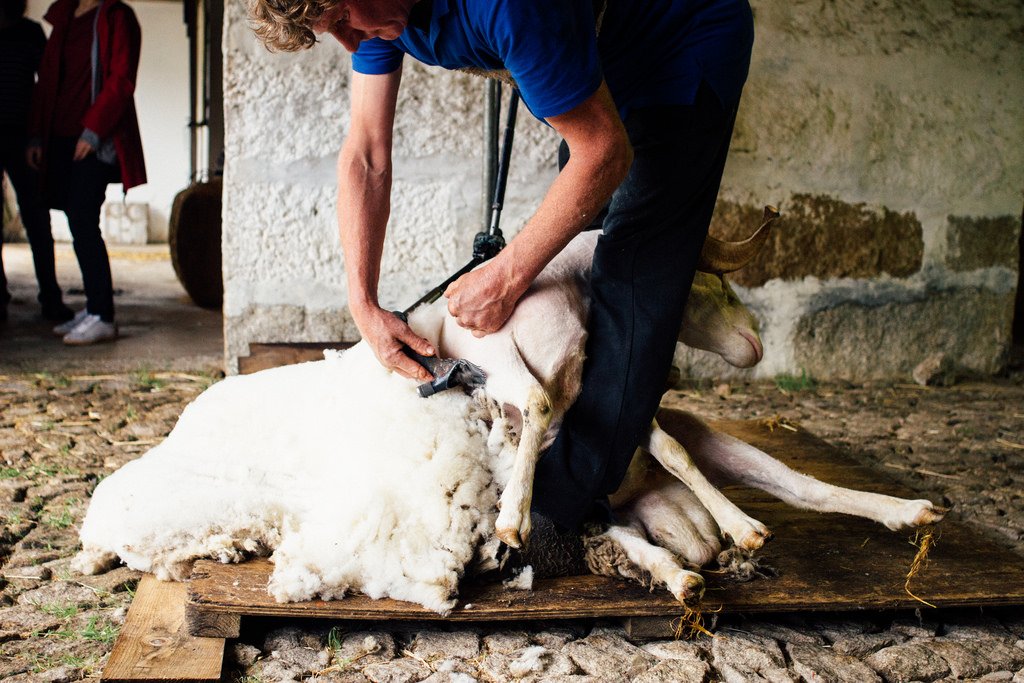
Shearing at Quinta de Serralves - 2017
Another year, another brilliant shearing by Martin at Quinta de Serralves. The more I learn about wool and the more shearings I see, the more special I think this moment is that we are lucky enough to offer to the Foundation's public.
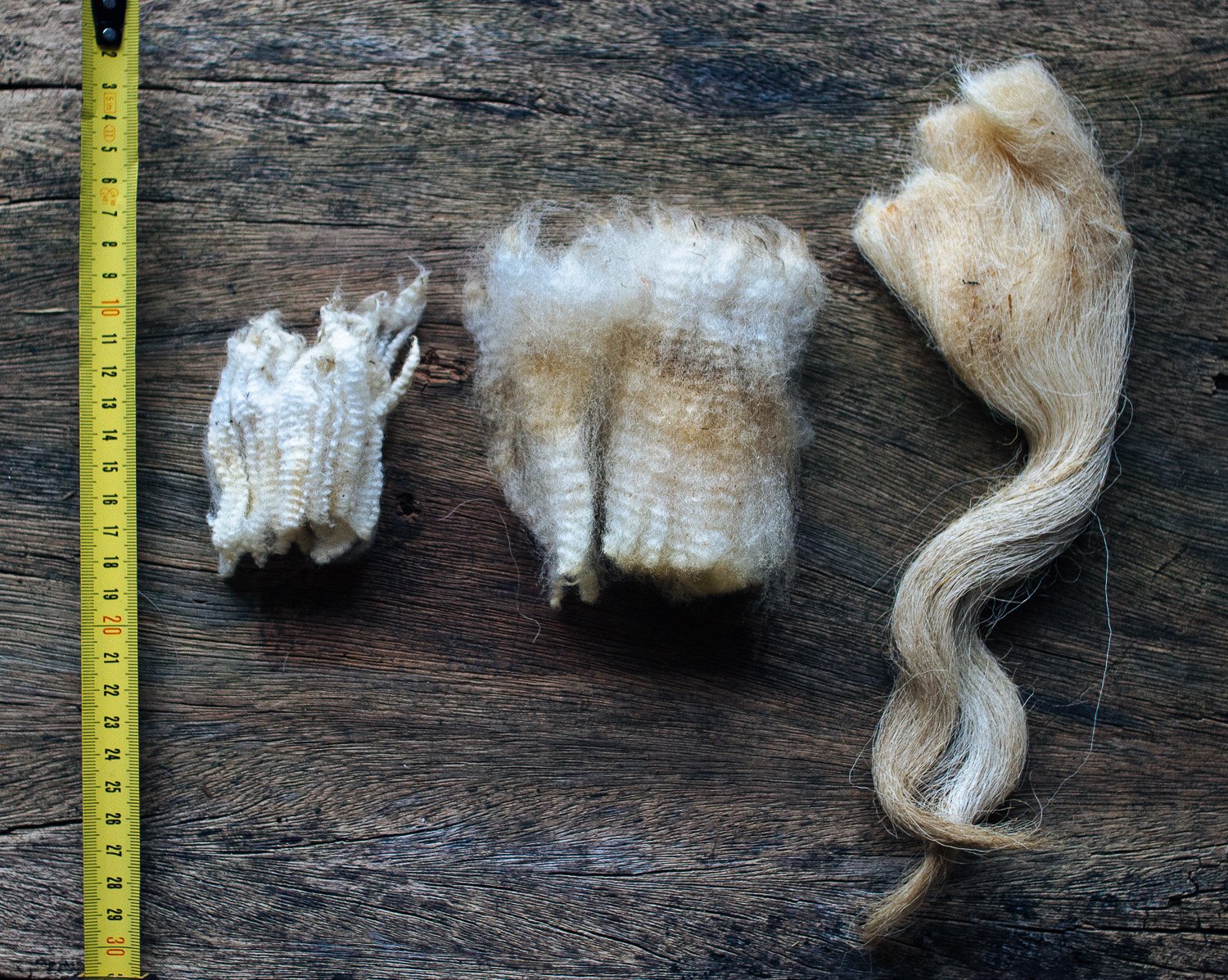
Churras. Bordaleiras. Merinas.
The 16 indigenous Portuguese sheep breeds can be grouped into three main groups, which are directly related to the type of wool they produce: Churros, Bordaleiros or Merinos. Knowing the basic characteristics of the wool produced by these three groups is a very effective way of getting a general idea of what a particular breed produces, despite the great variations that can arise due to the influence of various factors.

Combing and the other side of Portuguese wool
Combing wool with Louet's mini combs has been one of my latest pleasures. And combing this gorgeous light gray portuguese merino that I brought from Ancorme a few weeks ago, makes it even more so. I don't know if you can see in the photos how the light brown shades show in the roving. It's beautiful.

Learn how to weave, dye, felt and work with Portuguese wool
The October workshops start on October 15 and will take place over three weekends, teaching how to weave, dye, felt and work wool from raw fleece to yarn, at Quinta de Serralves.
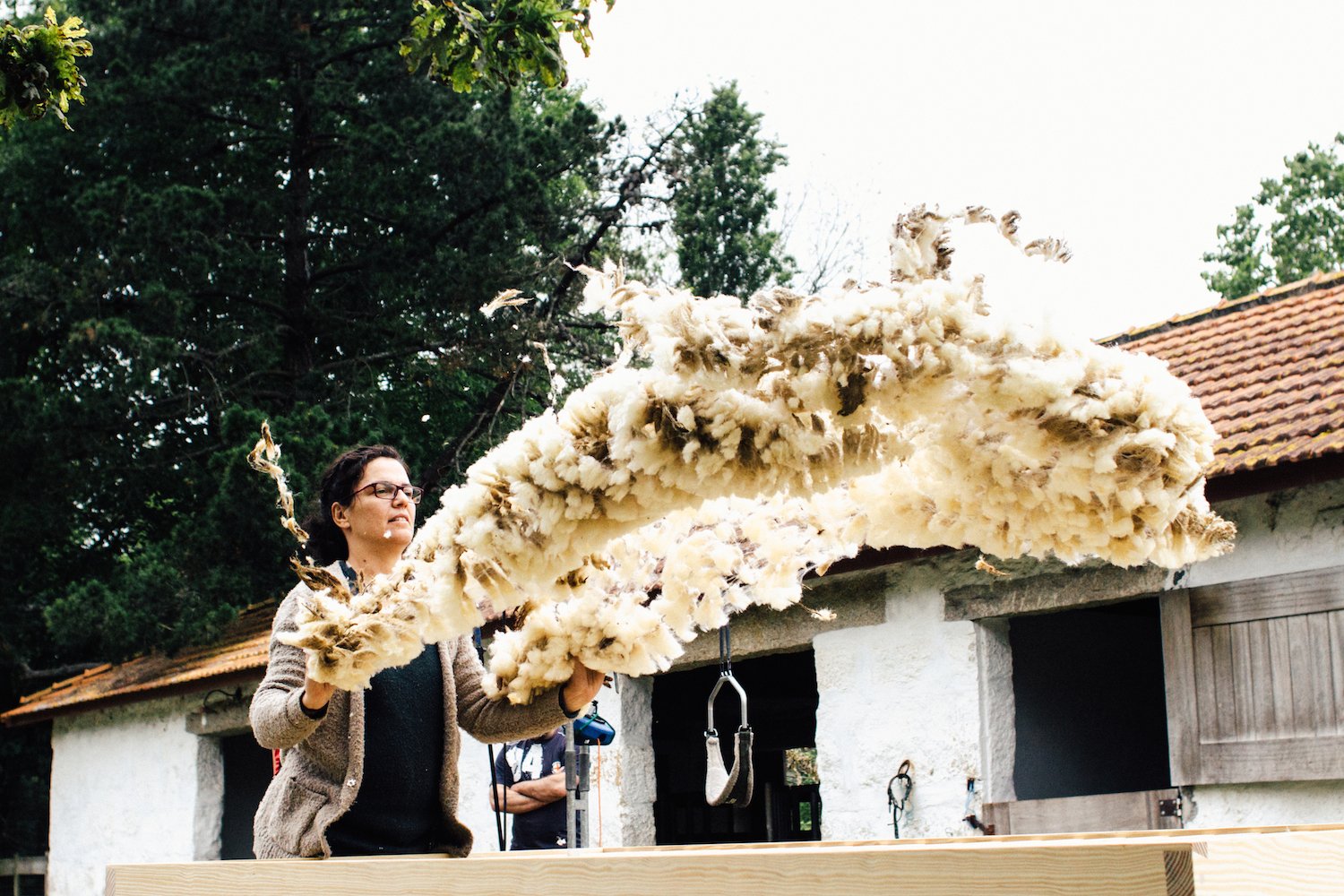
Learning to shear
Here are a few photos of the Shearing Workshop that took place last saturday in Serralves, right after the morning demonstration.

![[wip] Portuguese wool - a practical guide](https://images.squarespace-cdn.com/content/v1/648982341579d12f2111cfb5/1687858372291-XW3CG5XCRV8I4N978MEQ/image-asset.jpeg)
[wip] Portuguese wool - a practical guide
The very tedious part of doing the sample photoshoot is the very satisfactory part of seeing your work finally come together.
![[wip] Portuguese wool - a practical guide](https://images.squarespace-cdn.com/content/v1/648982341579d12f2111cfb5/1687858404902-N0Z3Y2AQ41DDESC95Y97/image-asset.jpeg)
[wip] Portuguese wool - a practical guide
Well, There's a problem that I just never have...
Did I know that transforming bags of raw wool from every corner of our country into teeny-tiny envelopes like these would be so much work? Of course not. And I'm glad I didn’t, otherwise I would have chickened out.


In the meantime: national sheep breeds.
While I don't finish the marathon that this small study about the wool from portuguese sheep breeds as turned into, here's a little video on the subject.

The first experiments
Although I'm buried in work and do not have the time to write all the posts I need to write, I had to come here and share Guida Fonseca's first experiments with some of the wools she discovered through our ongoing small Portuguese Wools study, in her own work.

